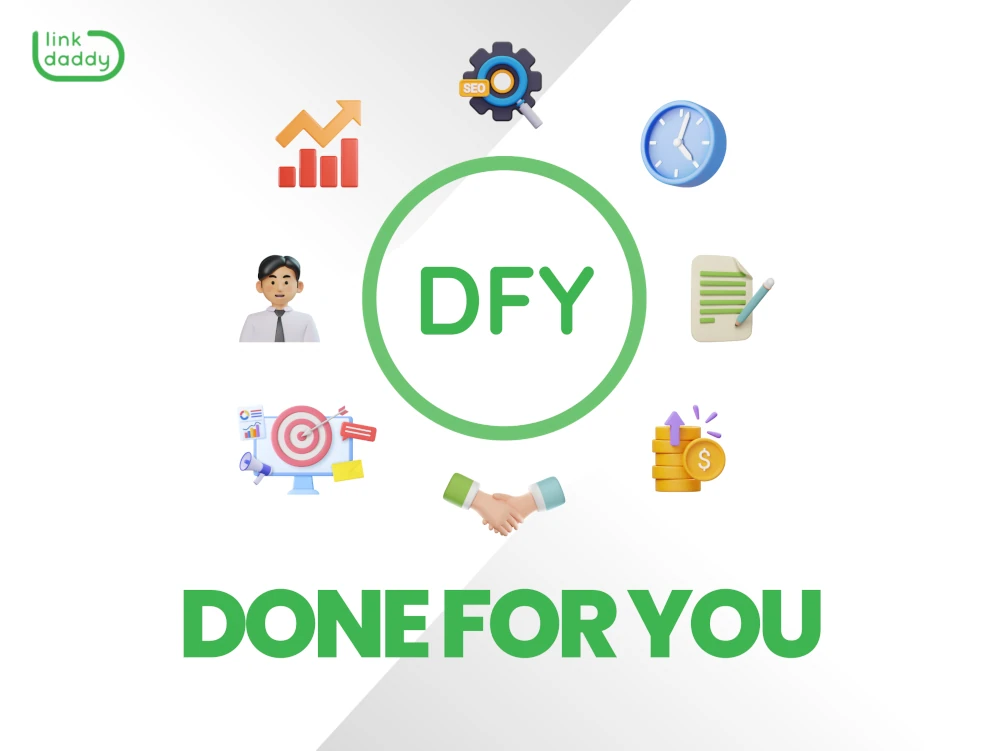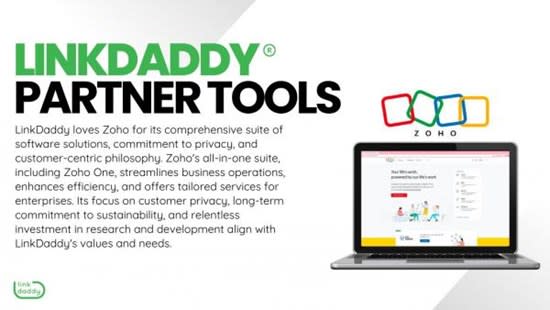Checking Out Cloud Services: Secret Advantages and Applications
Checking Out Cloud Services: Secret Advantages and Applications
Blog Article
Understanding the Different Kinds of Cloud Providers and Their Usages
In today's digital landscape, the world of cloud computing provides a varied selection of services that cater to the demands of businesses and individuals alike. From Infrastructure as a Service (IaaS) to Software as a Service (SaaS), each sort of cloud solution offers an one-of-a-kind purpose and offers unique benefits. Comprehending the differences between these different cloud versions is crucial for enhancing procedures, boosting scalability, and making certain cost-efficiency in an increasingly interconnected world. By checking out the nuanced functionalities and applications of each cloud service, one can navigate the complexities of cloud computing with precision and foresight.
Facilities as a Service (IaaS)
Infrastructure as a Solution (IaaS) offers individuals with virtualized computer resources online on a pay-as-you-go basis. This cloud computing version provides vital IT facilities such as online machines, storage space, and networking without the demand for organizations to invest in and manage physical web servers and information centers. With IaaS, users can scale sources up or down based on their requirements, providing flexibility and cost-efficiency.
Among the essential benefits of IaaS is its capacity to rapidly provision and release facilities components, enabling organizations to respond quickly to altering needs and market conditions. By outsourcing facilities management to the solution copyright, companies can focus a lot more on their core company tasks rather than taking care of the complexities of equipment maintenance and upgrades.
In addition, IaaS provides a high degree of dependability and protection, with carriers normally offering durable information backup, catastrophe recuperation, and cybersecurity steps. This aids guarantee that critical company procedures remain continuous and data continues to be protected versus prospective threats. Cloud Services. On the whole, Framework as a Service simplifies IT operations, improves scalability, and minimizes resources expenditures for companies of all dimensions
System as a Solution (PaaS)
Structure upon the structure of Infrastructure as a Service (IaaS), Platform as a Solution (PaaS) uses a thorough setting for developers to create, release, and manage applications without the complexities of underlying facilities administration. PaaS supplies a platform with tools and services that streamline the development process, allowing programmers to concentrate on creating code and structure applications instead of taking care of facilities worries.

Software Program as a Service (SaaS)
Software Program as a Solution (SaaS) revolutionizes the means businesses gain access to and utilize software program applications by supplying them on a registration basis through cloud providers. This cloud computer version eliminates the requirement for companies to maintain and set up software program on individual gadgets, as every little thing is hosted and handled centrally in the cloud.
SaaS gives a cost-effective service for organizations as they only pay for the software application they make use of without the added costs of equipment upkeep or software updates. It likewise uses scalability, permitting firms to easily adjust their software application demands based upon their demands.
Moreover, SaaS applications can be accessed from any device with an internet connection, promoting partnership and versatility amongst remote groups. Protection is a leading concern in SaaS, with providers implementing robust steps to safeguard data stored in the cloud.
Popular instances of SaaS include customer connection monitoring (CRM) software program like Salesforce, performance tools like Microsoft Workplace 365, and cooperation platforms like Google Work area. SaaS continues to acquire traction in business globe because of its cost-efficiency, scalability, and benefit.
Function as a Solution (FaaS)
With the advancement of cloud solutions like Software application as a Service (SaaS) improving software delivery, Function as a Solution (FaaS) stands for a paradigm shift in just how code is implemented in a serverless atmosphere. anchor FaaS enables developers to write and carry out individual features or pieces of code in response to details occasions without the demand to handle the facilities. This serverless computer version makes it possible for designers to focus only on composing code to execute specific capabilities, without concerning themselves with the underlying framework or server monitoring.
Among the key benefits of FaaS is its ability to range automatically based upon the inbound workload. Functions are carried out in stateless containers that are spun backwards and forwards as needed, making certain ideal resource use and cost-effectiveness. FaaS is particularly beneficial for event-driven and microservices designs, where code execution is activated by occasions such as HTTP requests or database updates. By extracting the infrastructure layer, FaaS simplifies growth, accelerates time to market, and boosts overall agility in deploying cloud-native applications.
Storage as a Solution (STaaS)
A basic component in cloud computing, Storage space as a Solution (STaaS) provides users with a effective and scalable remedy for managing data storage demands. STaaS enables companies to keep and recover data from remote servers by means of the net, removing the need for on-premises hardware. This service offers versatility by making it possible for customers to pay just for the storage space they use, making it an economical solution for companies of all sizes.

STaaS is specifically valuable webpage for organizations with changing storage demands, as it gives a reputable and protected storage space option without the need for substantial in advance investments. By leveraging STaaS, organizations can improve their information administration processes, boost availability, and enhance information security in an affordable manner.

Verdict
In conclusion, recognizing the various types of cloud services and their uses is necessary for organizations and individuals looking to utilize the advantages of cloud computer. By making use of the best cloud solution, companies can enhance their effectiveness, scalability, and adaptability in managing their IT framework and applications.
From Framework as a Service (IaaS) to Software as a Service (SaaS), each type of cloud solution offers an one-of-a-kind purpose and provides distinct advantages. linkdaddy cloud services. By checking out the nuanced functionalities and applications her response of each cloud service, one can navigate the complexities of cloud computer with accuracy and insight
With the development of cloud services like Software application as a Solution (SaaS) enhancing software program shipment, Function as a Service (FaaS) stands for a standard change in exactly how code is performed in a serverless environment.In conclusion, recognizing the various types of cloud services and their usages is essential for people and services looking to take advantage of the benefits of cloud computer. By using the best cloud service, companies can improve their efficiency, scalability, and adaptability in handling their IT infrastructure and applications.
Report this page